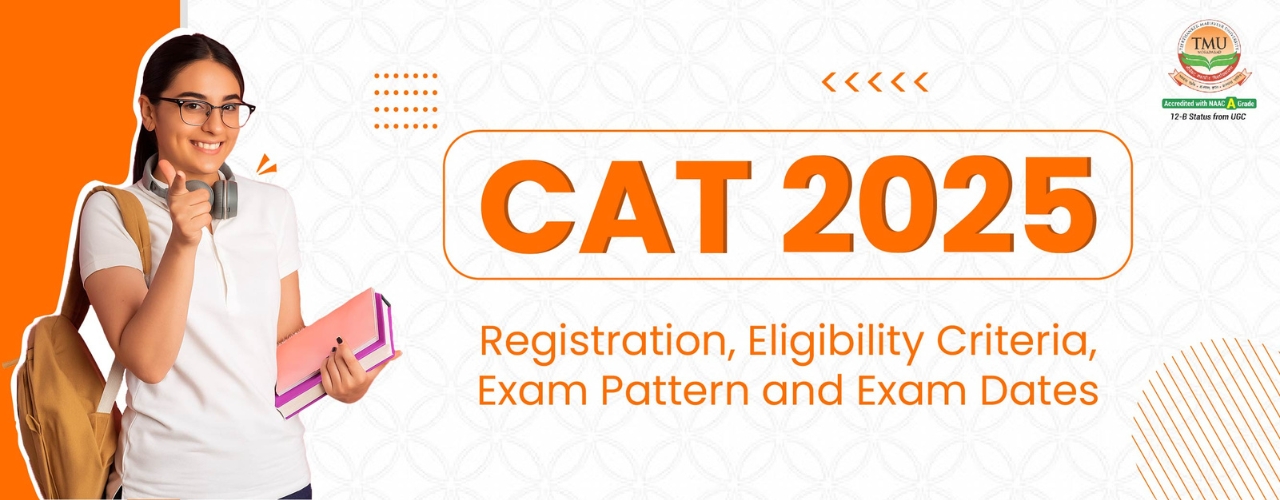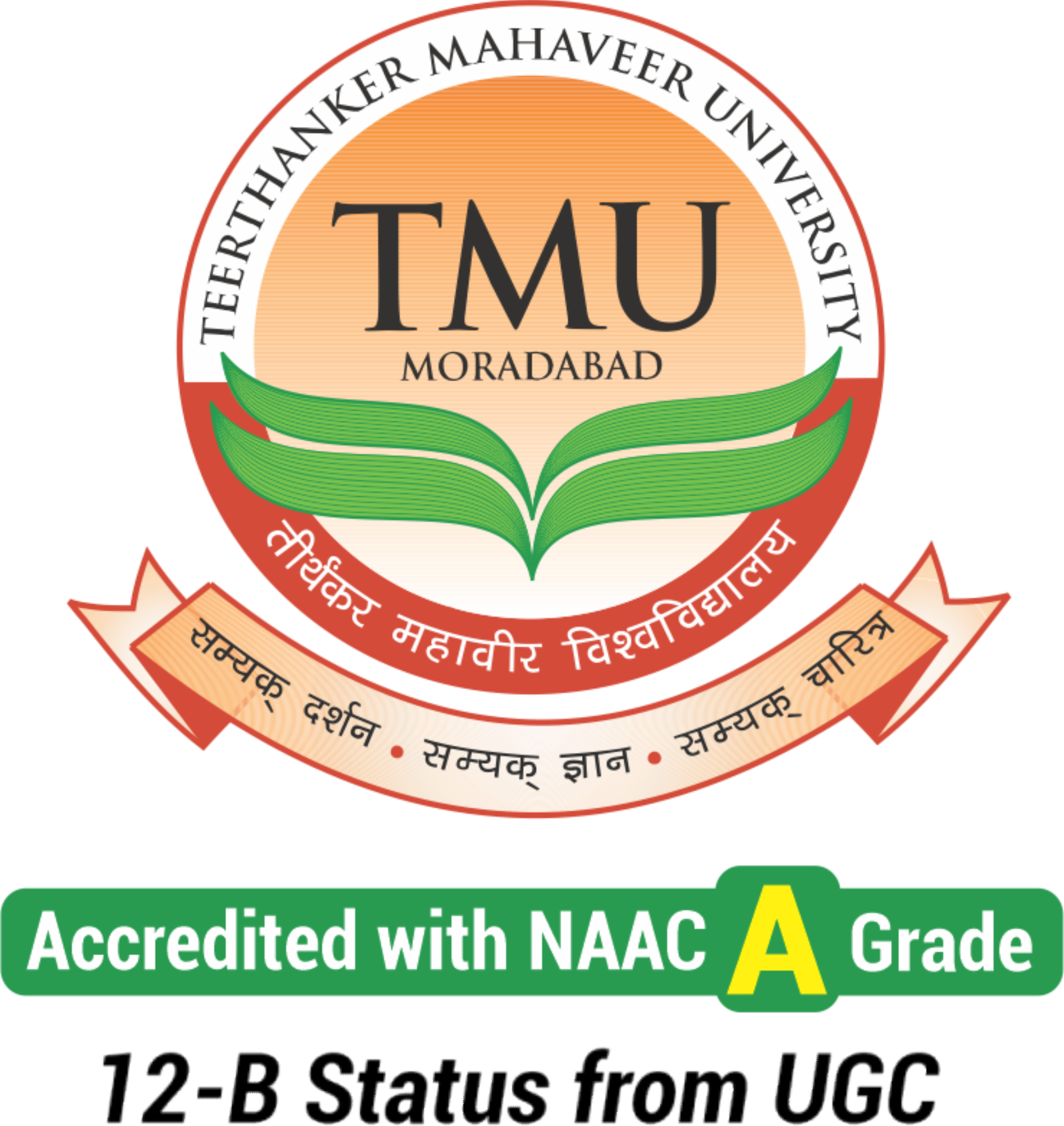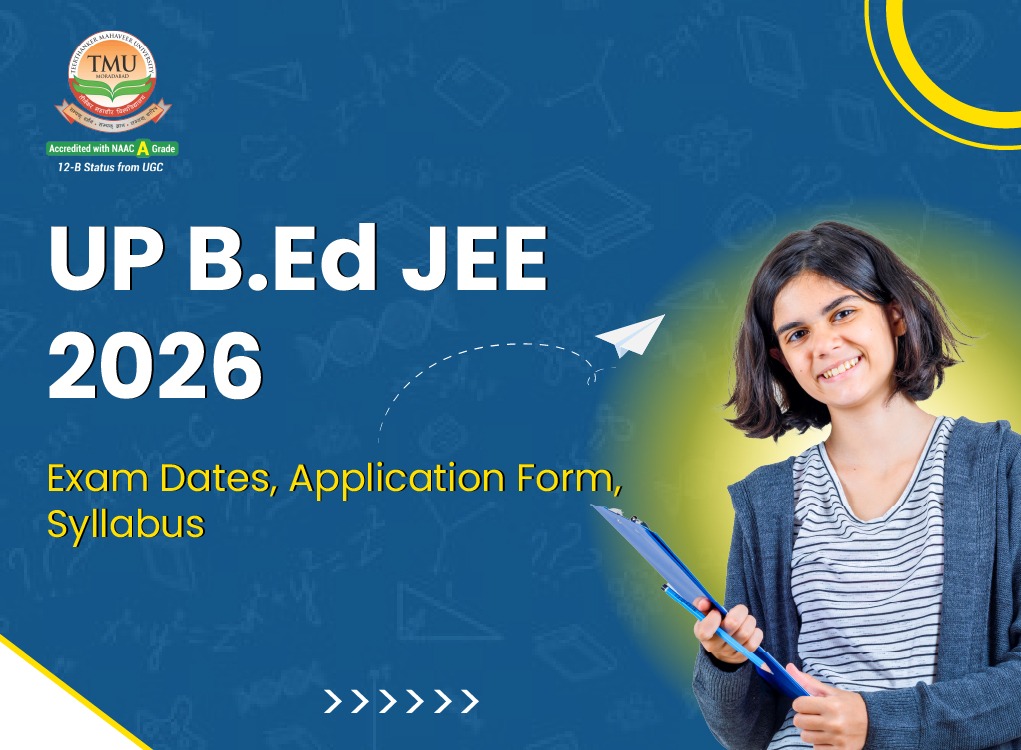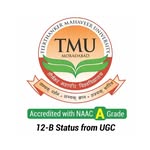CAT 2025: Registration, Eligibility Criteria, Exam Pattern, and Exam Dates
Table of Contents
CAT 2025: CAT is India’s premier national-level examination for admission to top MBA/PGDM programmes. The exam is conducted annually by the Indian Institute of Management (IIM). It is a computer-based exam to test candidate’s skills in verbal ability and reading comprehension. It is a highly competitive entrance exam in India.
The full form of CAT is the Common Admission Test. The exam is a primary gateway to prestigious management institutions across the country. A high CAT percentile not only boosts your academic future but also places you ahead in the job market post-MBA. The exam provides a standardised measure of the candidate’s skills.
CAT 2025: Overview
| Parameter | Details |
| Exam Name | Common Admission Test (CAT) |
| Conducting Body | Indian Institutes of Management (IIMs) |
| Mode of Exam | Computer-Based Test (CBT) |
| Frequency | Once a year |
| Eligibility | 50% marks (45% for reserved categories) |
| Sections |
|
| Duration | 2 hours |
| Total Questions | 66 (approximate, may vary) |
| Marking Scheme |
|
| Registration Start | August 2025 (tentative) |
| Exam Date | November 2025 (tentative) |
| Result Declaration | December 2025 (tentative) |
Teerthanker Mahaveer University
Apply for Admission
Click Here To Apply for Admission
Eligibility Criteria for CAT Exam
You are required to meet the eligibility criteria to apply for the CAT exam:
- You must have a bachelor’s degree from a recognised university or college.
- You must achieve atleast 50% marks (45% for the reserved category).
- There’s no age restriction to appear for the CAT 2025 exam.
CAT 2025: Important Dates
| Event | Date |
| CAT 2025 Registration Starts | 6 August 2025 |
| CAT 2025 Registration End | 25 September 2025 |
| Admit Card Release | 25 October 2025 |
| CAT 2025 Exam Date | 30 November 2025 (Sunday) |
| CAT 2025 Result Declaration | 24 December 2025 |
| IIMs Shortlist for WAT/PI | January 2026 |
| WAT/PI/Interview Rounds | January – February 2026 |
| Final Admission Offers | March – April 2026 |
Registration Process for CAT
Understanding the step-by-step procedure, required documents, application fees, and common mistakes to avoid is essential to completing the registration successfully.
How to Apply for CAT – Step-by-Step Guide
To apply for CAT 2025, candidates need to follow these steps:
- Visit the official CAT website once the registration link is live.
- Register as a new user by providing basic details like name, email ID, mobile number, and date of birth.
- Verify your email and mobile number using the OTP sent by the system.
- Fill in the detailed application form, including personal information, academic qualifications, work experience (if any), and choice of IIMs.
- Upload scanned documents such as photographs, signatures, and category certificates (if applicable) in the prescribed format.
- Pay the application fee using online payment modes.
- Review the application form carefully and submit it before the deadline.
- Download and save the confirmation page for future reference.
Documents Required for CAT Registration
Candidates need the following documents while registering for CAT 2025:
- Scanned passport-size photograph
- Scanned signature
- Academic certificates (10th, 12th, and graduation mark sheets)
- Category certificate (if applicable)
- Work experience certificate (if claiming weightage)
- Government-issued ID proof (Aadhaar, PAN, or Passport)
CAT 2025 Application Fee
The application fee for CAT 2025 is generally structured as follows:
- General/OBC Candidates: ₹2,400
- SC/ST/PwD Candidates: ₹1,200
CAT 2025 Exam Pattern
| Section | Section Name | No. of Questions (Approx.) | Time Duration |
| I | Verbal Ability & Reading Comprehension (VARC) | 24 | 40 Minutes |
| II | Data Interpretation & Logical Reasoning (DILR) | 20 | 40 Minutes |
| III | Quantitative Ability (QA) | 22 | 40 Minutes |
| Total | — | 66 Questions | 120 Minutes |
Marking Scheme of CAT 2025 Exam
| Category | Marks Awarded |
| Correct Answer | +3 Marks |
| Incorrect Answer (MCQs) | −1 Mark |
| Correct Answer (Non-MCQs / TITA) | +3 Marks |
| Incorrect Answer (Non-MCQs / TITA) | No Negative Marking |
| Unattempted Questions | 0 Marks |
CAT 2025 Syllabus
The CAT 2025 syllabus is not officially defined by the IIMs, but it broadly covers topics from Verbal Ability, Logical Reasoning, Data Interpretation, and Quantitative Ability. Understanding the section-wise syllabus helps candidates plan their preparation in a structured manner.
| Section | Important Topics |
| Verbal Ability & Reading Comprehension (VARC) |
|
| Data Interpretation & Logical Reasoning (DILR) |
|
| Quantitative Ability (QA) |
|
CAT 2025 Admit Card
Candidates can download the CAT 2025 admit card from the official CAT website once it is released.
How to Download the CAT 2025 Admit Card
- Visit the official CAT website
- Log in using your CAT User ID and Password
- Click on the “Download Admit Card” link
- Download the admit card in PDF format
- Take 2–3 printouts for exam day use
Details Mentioned on the CAT Admit Card
- Candidate’s Name
- Registration Number / User ID
- Photograph and Signature
- Date of Birth
- Exam Date and Time
- Test Slot
- Exam Centre Name and Address
Important exam day instructions
- Exam Day Guidelines
- Carry a printed admit card to the exam centre.
- Bring a valid photo ID proof (Aadhaar/PAN/Passport, etc.)
- Reach the exam center well before reporting time
- Do not carry electronic devices (mobile, calculator, smartwatch)
- Follow all instructions given by invigilators
- Any prohibited item may lead to disqualification
Read More: CAT 2025 Answer Key Released: Click here to Download and Result
CAT Result and Scorecard
Steps to Check the CAT Result 2025 Live Scorecard
You are required to follow a step-by-step process to check and download the CAT result 2025 scorecard:
- Visit the official website at https://iimcat.ac.in/.
- Click on the link CAT result 2025.
- Enter your user ID and Password.
- Click login
- Your CAT Result 2025 scorecard will appear on the screen.
- Now download the PDF or take a printout.
Details Mentioned on the CAT Result
- Candidate's Name
- Registration Number
- Date of Birth
- Section-wise Score:
- Overall scaled score
- Sectional percentile
- Overall percentile
MBA Colleges Accepting CAT 2025 Scores
IIMs Accepting CAT Scores
The CAT 2025 score is widely accepted by some of the most reputed MBA colleges in India. Candidates securing a good CAT percentile can apply to the Indian Institutes of Management (IIMs) as well as several top non-IIM management institutes. Admission is offered based on CAT score, academic performance, work experience, group discussion, written ability test, and personal interview rounds.
Top Non-IIM MBA Colleges Through CAT
Apart from IIM institutions, numerous universities accept the CAT score for MBA admission. Students who do not meet the high cutoff score can explore these options to continue their MBA journey without losing a year. Here’s a list of some non-IIM institutes:
| Institute Name | Location | Key Highlight |
| XLRI – Xavier School of Management | Jamshedpur, Jharkhand | Renowned for HRM and Business Management programs with strong industry linkages |
| Teerthanker Mahaveer University (TMU) | Moradabad, Uttar Pradesh | Offers industry-oriented MBA programs with a focus on practical learning and skill development |
| SP Jain Institute of Management & Research (SPJIMR) | Mumbai, Maharashtra | Known for its global exposure and values-based management education |
| Indian Institute of Management Bangalore (IIMB) | Bengaluru, Karnataka | Recognised for academic excellence and leadership-focused management programs |
| Jamnalal Bajaj Institute of Management Studies (JBIMS) | Mumbai, Maharashtra | One of India’s oldest B-schools with a strong alumni network and industry reputation |
Final Admission
Institutes prepare a final merit list based on CAT percentile, interview, GD, WAT, PI, and academic records. Selected candidates will receive a provisional admission letter. After receiving the provisional admission letter, you are required to complete the admission process and confirm your admission.
Conclusion
The CAT exam is a crucial milestone for candidates aspiring to build a successful career in management. With intense competition and limited seats in top MBA colleges, understanding the registration process, eligibility criteria, exam pattern, syllabus, and important dates becomes essential for effective preparation. A well-planned strategy, timely application, and clear understanding of the exam structure can significantly improve your chances of securing a high percentile.
FAQ
Q1. What is CAT?
Ans. CAT 2025 is a national-level management entrance examination conducted for admission to MBA and other postgraduate management programmes offered by IIMs and leading B-schools in India.
Q2. Who conducts the CAT exam?
Ans. The CAT exam is conducted by one of the Indian Institutes of Management (IIMs) on a rotational basis every year.
Q3. What are the eligibility criteria for CAT?
Ans. Candidates must have a Bachelor’s degree with at least 50% marks (45% for SC/ST/PwD categories). Final-year students are also eligible to apply.
Q4. What is the exam mode of CAT?
Ans. CAT will be conducted in computer-based test (CBT) mode at designated examination centres.
Q5. What is the marking scheme for CAT?
Ans. Each correct answer carries +3 marks, while a −1 mark is deducted for incorrect MCQs. There is no negative marking for TITA questions, and unattempted questions carry 0 marks.
Q6. How many sections are there in CAT?
Ans. CAT consists of three sections: Verbal Ability & Reading Comprehension (VARC), Data Interpretation & Logical Reasoning (DILR), and Quantitative Ability (QA).















